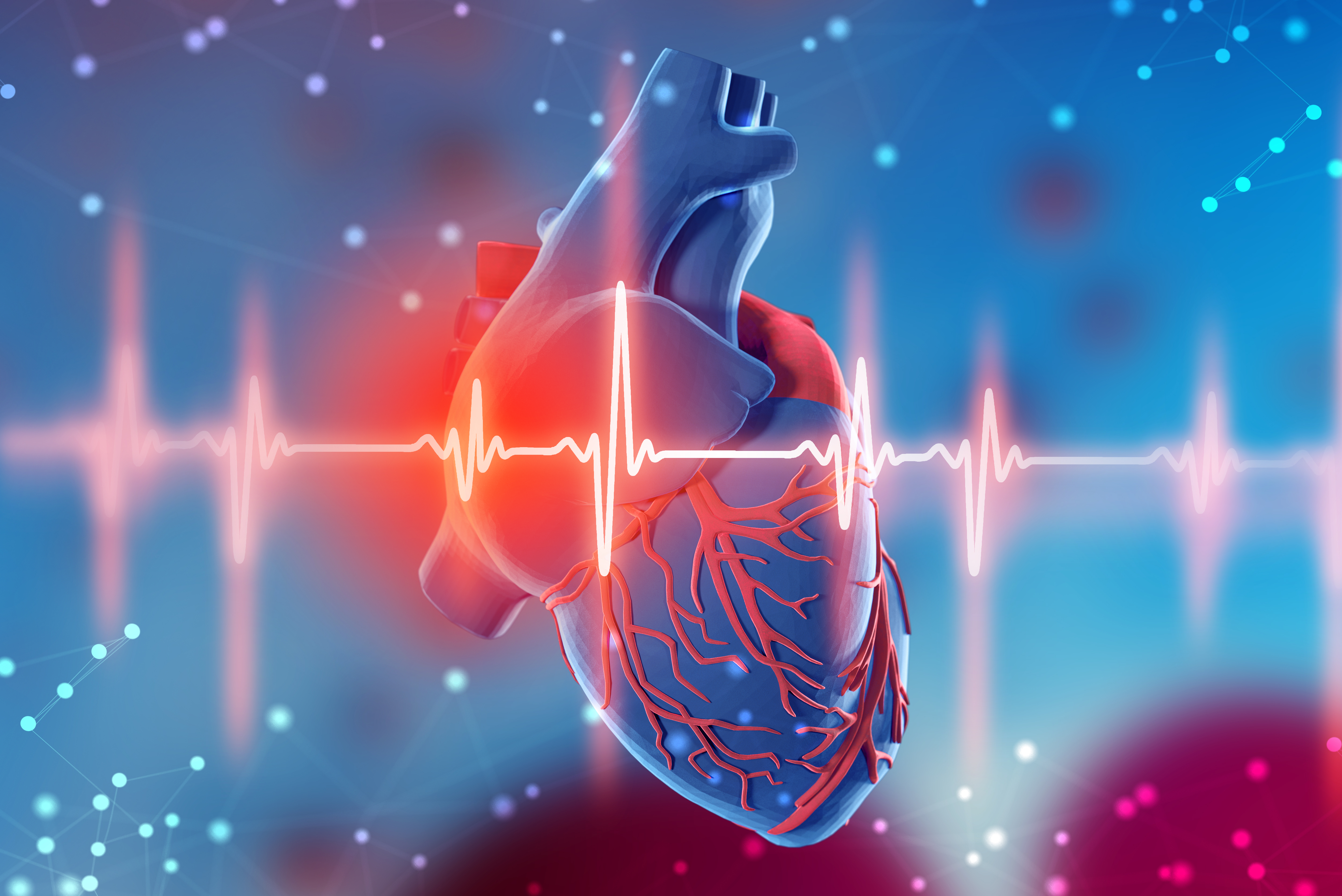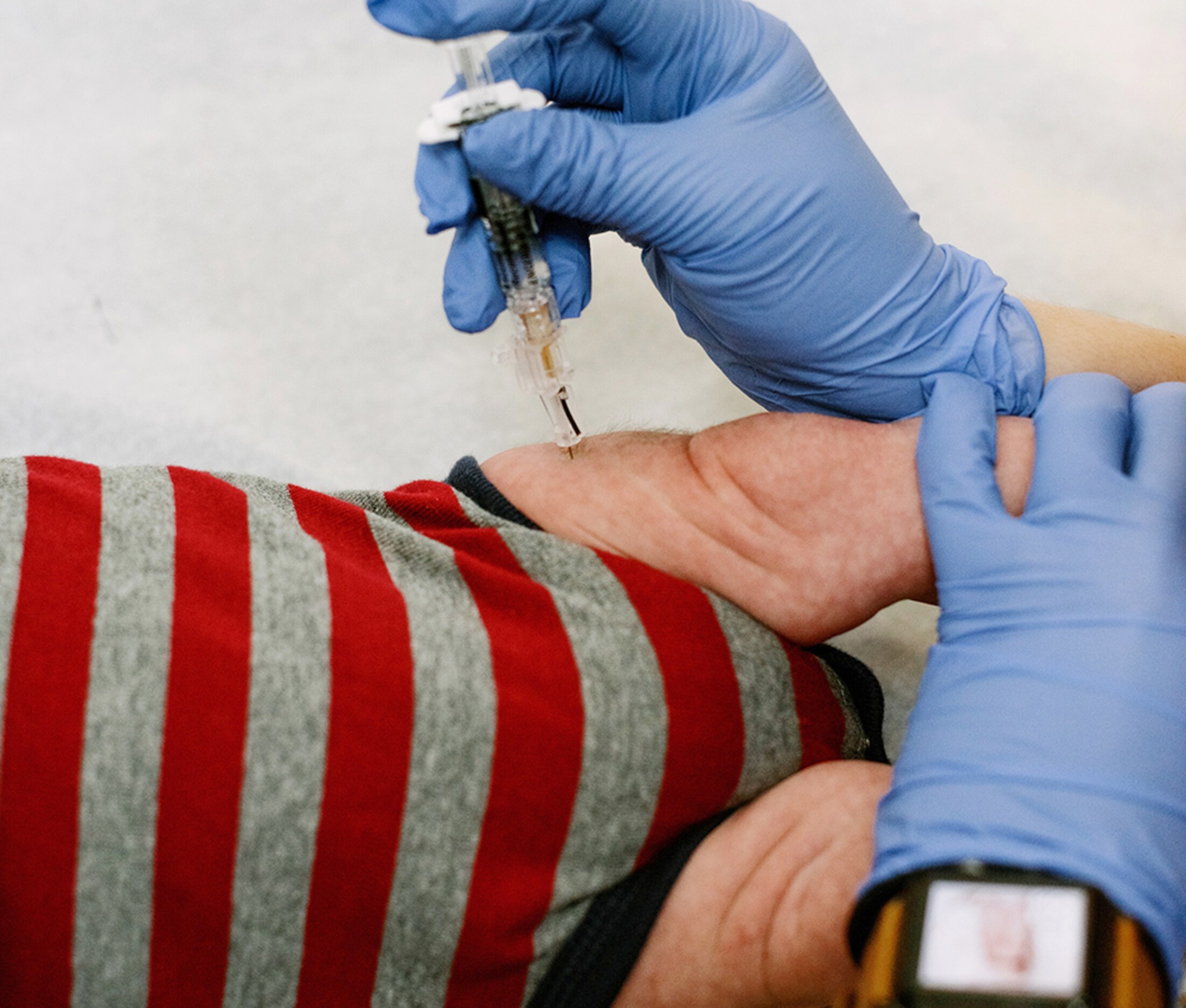What is cardiac arrest and why does it happen?
The heart condition impacts younger athletes more often than expected


Bronny James, the 18-year-old son of NBA star LeBron James, suffered a cardiac arrest during basketball practice at the University of Southern California and had to be rushed to the hospital. This comes just months after a safety for the Buffalo Bills, 25-year-old Damar Hamlin, also suffered a cardiac arrest during gameplay. Contrary to popular belief, cardiac arrest and a heart attack are not the same conditions and can happen without warning.
What is cardiac arrest?
Cardiac arrest is "when an electrical malfunction in the heart causes an irregular heartbeat … and the heart abruptly stops beating, halting blood flow," according to CBS News. This is different from a heart attack, "when blood flow to the heart's muscle becomes limited or blocked, causing the classic symptom of chest pain," per NBC News. A cardiac arrest can be deadly without CPR and immediate medical intervention. Death can come as quickly as just a few minutes.
"Once the oxygen is cut, brain damage starts pretty quickly, organ damage starts pretty quickly," Lili Ayala Barouch, the director of the sports cardiology program at the Johns Hopkins School of Medicine, told The Washington Post. Sudden cardiac arrest is also the leading cause of death in student-athletes, with about 2,000 young people under 25 dying annually from it in the U.S., according to UC Davis Health. Cardiac arrest can be more likely if you meet certain risk factors, but the reason for sudden cardiac arrest in young people is unknown.
The Week
Escape your echo chamber. Get the facts behind the news, plus analysis from multiple perspectives.

Sign up for The Week's Free Newsletters
From our morning news briefing to a weekly Good News Newsletter, get the best of The Week delivered directly to your inbox.
From our morning news briefing to a weekly Good News Newsletter, get the best of The Week delivered directly to your inbox.
What causes it?
A person can be more at risk of cardiac arrest if they have previously had a heart attack, have a congenital heart defect or suffer from heart disease or another heart-related condition, according to the Mayo Clinic. Other risk factors include smoking, diabetes, an inactive lifestyle, and high blood pressure and cholesterol. And men are more at risk for cardiac arrest than women.
"Half of cardiac arrests happen to people who did not know they had a heart problem," explained the National Institutes of Health (NIH). Sufferers sometimes have them because of an "undiagnosed medical condition, whether that's an unknown heart irregularity or something they inherited genetically," reported the Post.
Athletes like James and Hamlin may have experienced cardiac arrests because of their exposure to rigorous exercise taxing the heart, but typically it's difficult to discern why young and seemingly healthy people would have a cardiac arrest, the Post reported. "Everybody wants to point fingers in these scenarios," Dr. Nahush Mokadam, the division director of cardiac surgery at the Ohio State University Wexner Medical Center, told NBC News. "I think the important thing to realize is that there are a lot of things that can lead to sudden cardiac arrest in young people that are out of everybody's control — despite everybody's best interests, best due diligence and the rest."
Can it be prevented?
Ways to prevent such an event from occurring have been debated. While you can reduce risk by avoiding smoking, eating healthy and getting regular checkups, "one of the difficult things about sudden cardiac arrest in athletes is that the cardiac arrest can be the first symptom," Dr. Rory Weiner, a sports cardiologist at Massachusetts General Hospital in Boston, told NBC News. The rate of sudden cardiac deaths in young athletes is estimated to be between 1 in 50,000 and 1 in 100,000 per year. In general, cardiac arrests account for 300,000 to 450,000 deaths in the U.S. each year, according to the NIH.
A free daily email with the biggest news stories of the day – and the best features from TheWeek.com
Experts say that those who already have a history or symptoms of heart problems should be screened for heart disease. However, the better course of action is for people to learn how to perform CPR, which could prove to be lifesaving.
"The importance of CPR — the likelihood of surviving arrest is about 6%. Very very low," Dr. Joel Temple, the director of cardiac electrophysiology at Nemours Children's Health, told CBS News. "Effective CPR provided — immediately that goes up to 44%. If an AED [automated external defibrillator] is used, it goes up to 66%. As reported by the NIH, "most people who have a cardiac arrest do not receive treatment quickly enough to survive."
Devika Rao has worked as a staff writer at The Week since 2022, covering science, the environment, climate and business. She previously worked as a policy associate for a nonprofit organization advocating for environmental action from a business perspective.
-
 Deaths of children under 5 have gone up for the first time this century
Deaths of children under 5 have gone up for the first time this centuryUnder the radar Poor funding is the culprit
-
 A fentanyl vaccine may be on the horizon
A fentanyl vaccine may be on the horizonUnder the radar Taking a serious jab at the opioid epidemic
-
 Health: Will Kennedy dismantle U.S. immunization policy?
Health: Will Kennedy dismantle U.S. immunization policy?Feature ‘America’s vaccine playbook is being rewritten by people who don’t believe in them’
-
 More adults are dying before the age of 65
More adults are dying before the age of 65Under the radar The phenomenon is more pronounced in Black and low-income populations
-
 Ultra-processed America
Ultra-processed AmericaFeature Highly processed foods make up most of our diet. Is that so bad?
-
 Peanut allergies have plummeted in children
Peanut allergies have plummeted in childrenUnder the radar Early introduction could be an effective prevention method
-
 Climate change is getting under our skin
Climate change is getting under our skinUnder the radar Skin conditions are worsening because of warming temperatures
-
 Is this the end of ultraprocessed foods?
Is this the end of ultraprocessed foods?Today's Big Question California law and the MAHA movement are on the same track



